Ministries of Justice and Internal Affairs - The Hague
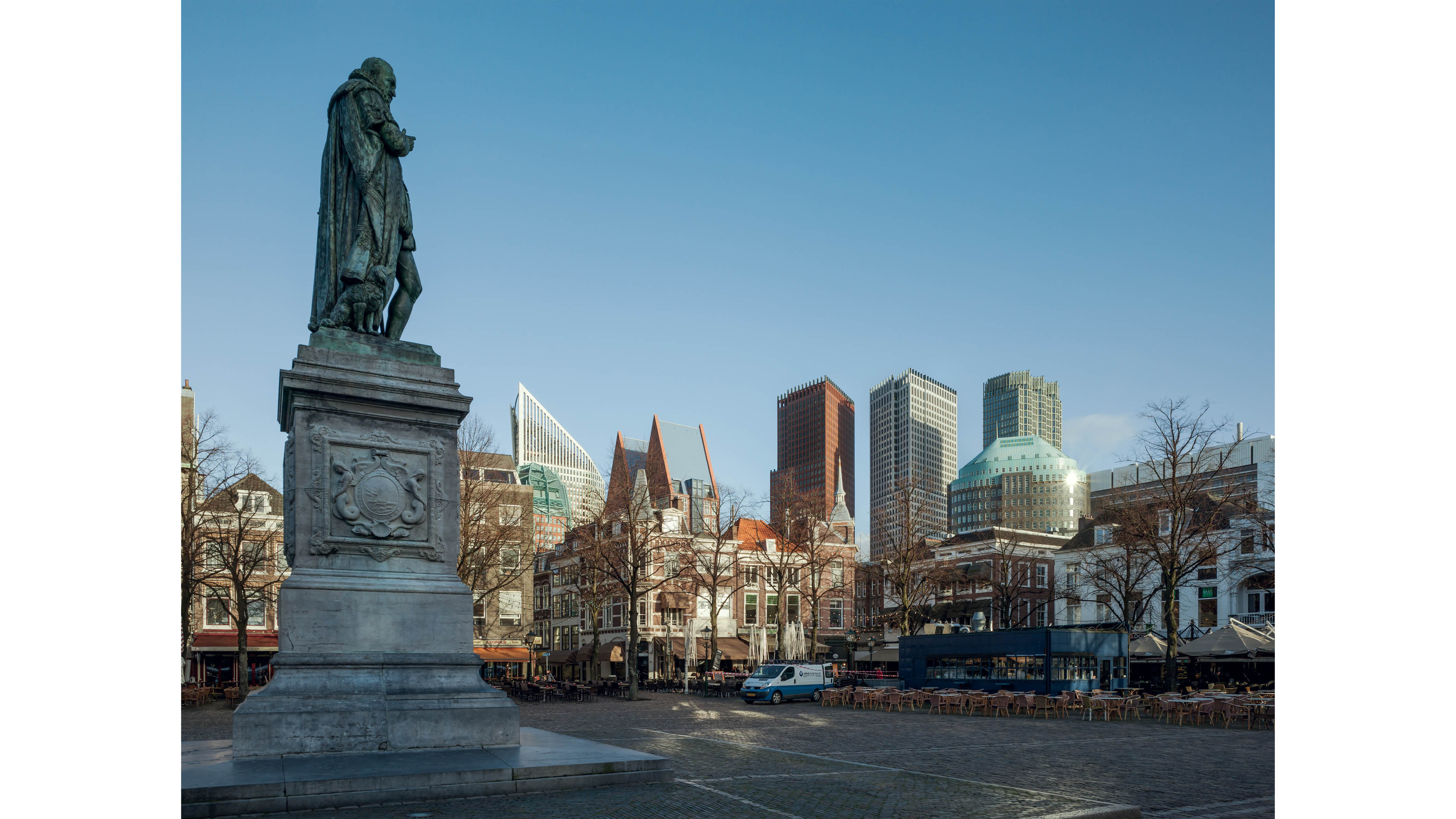
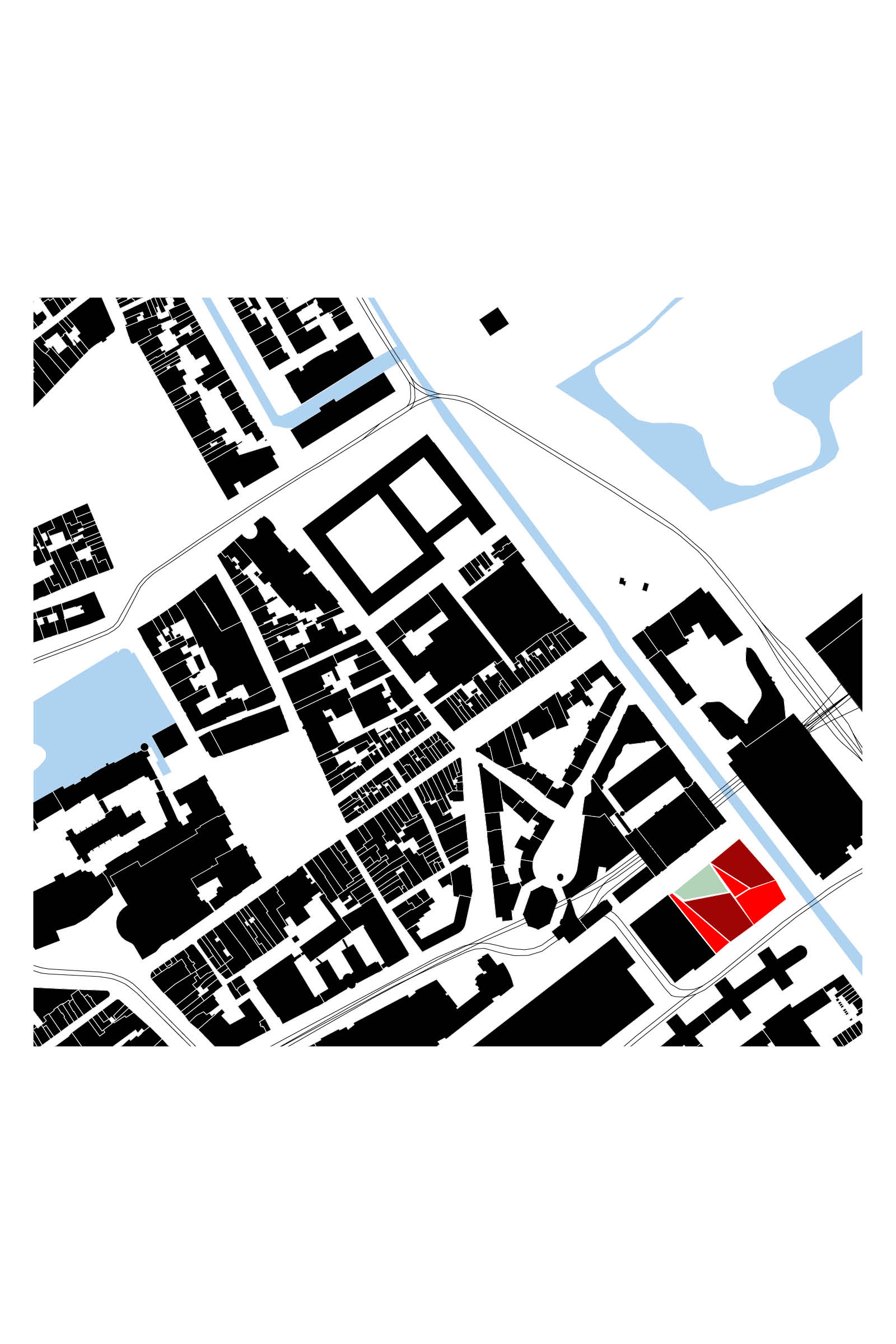
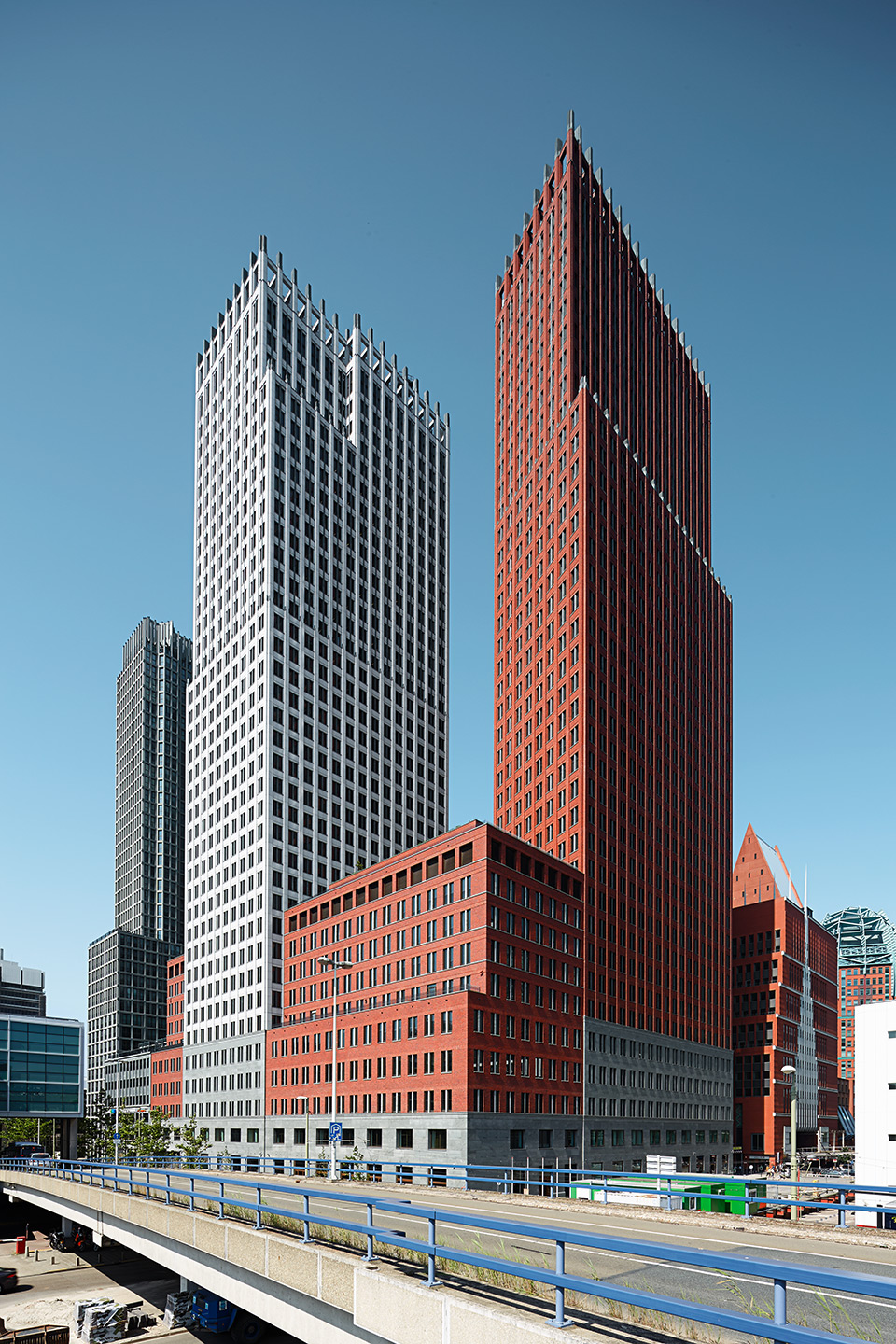

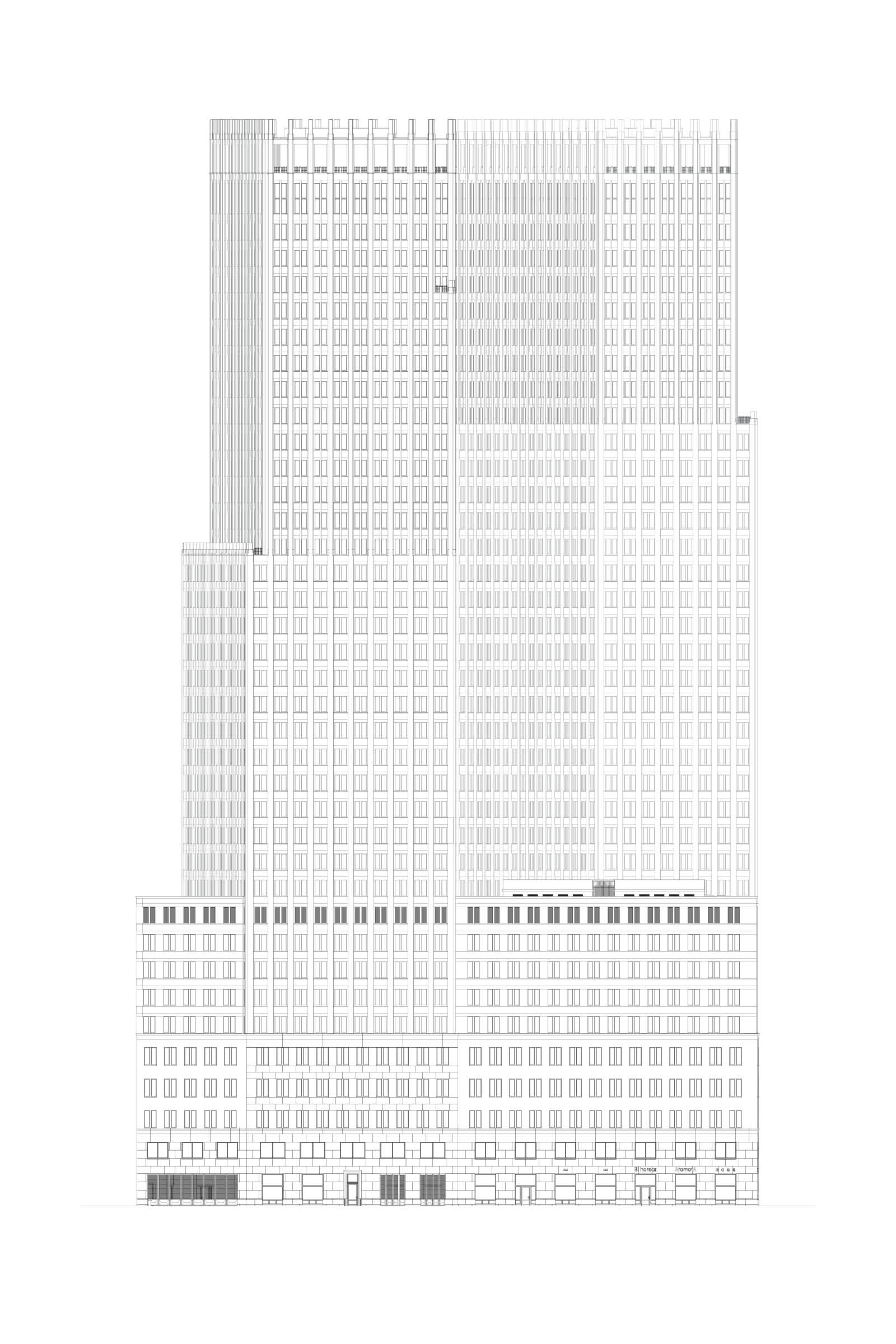
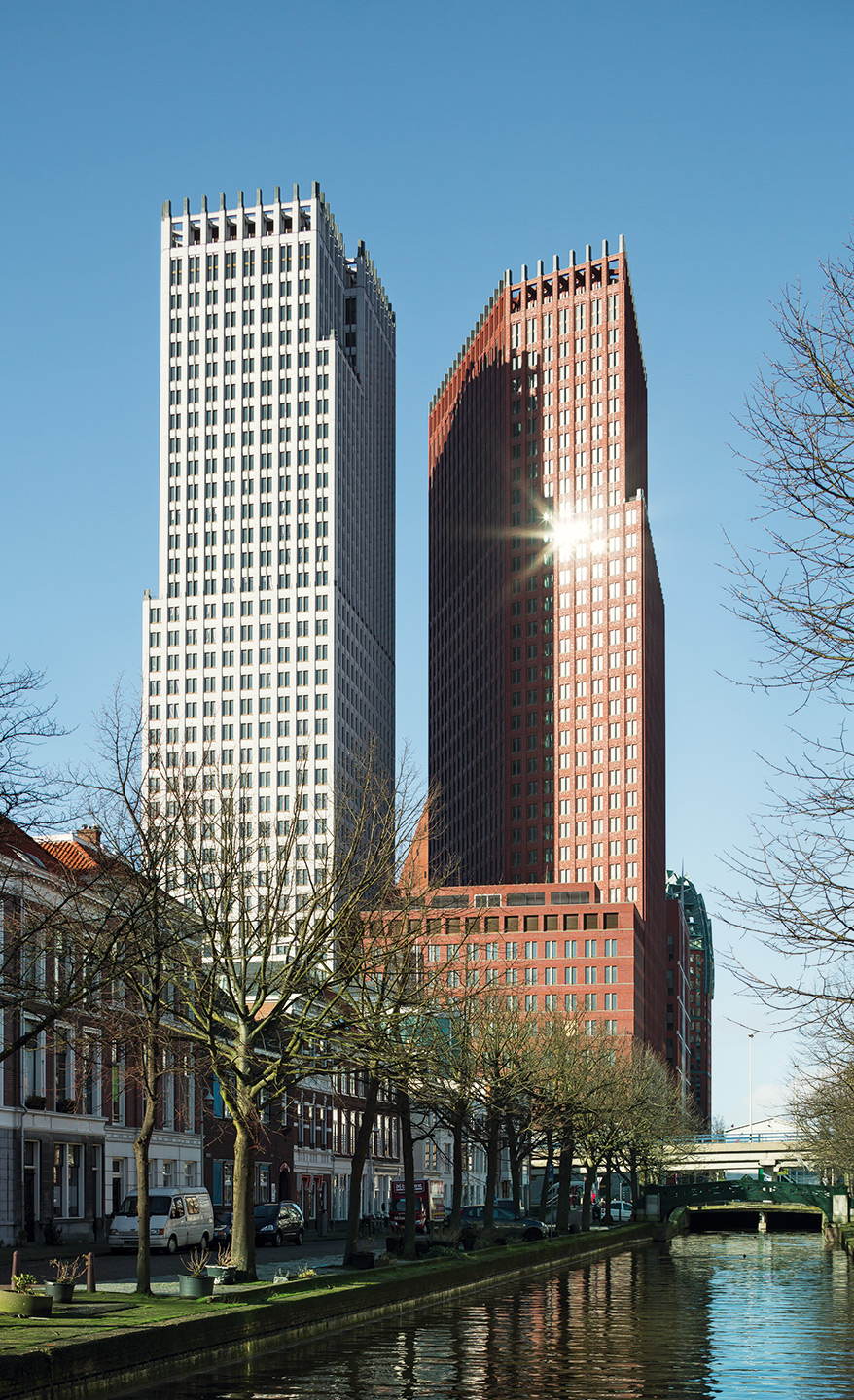


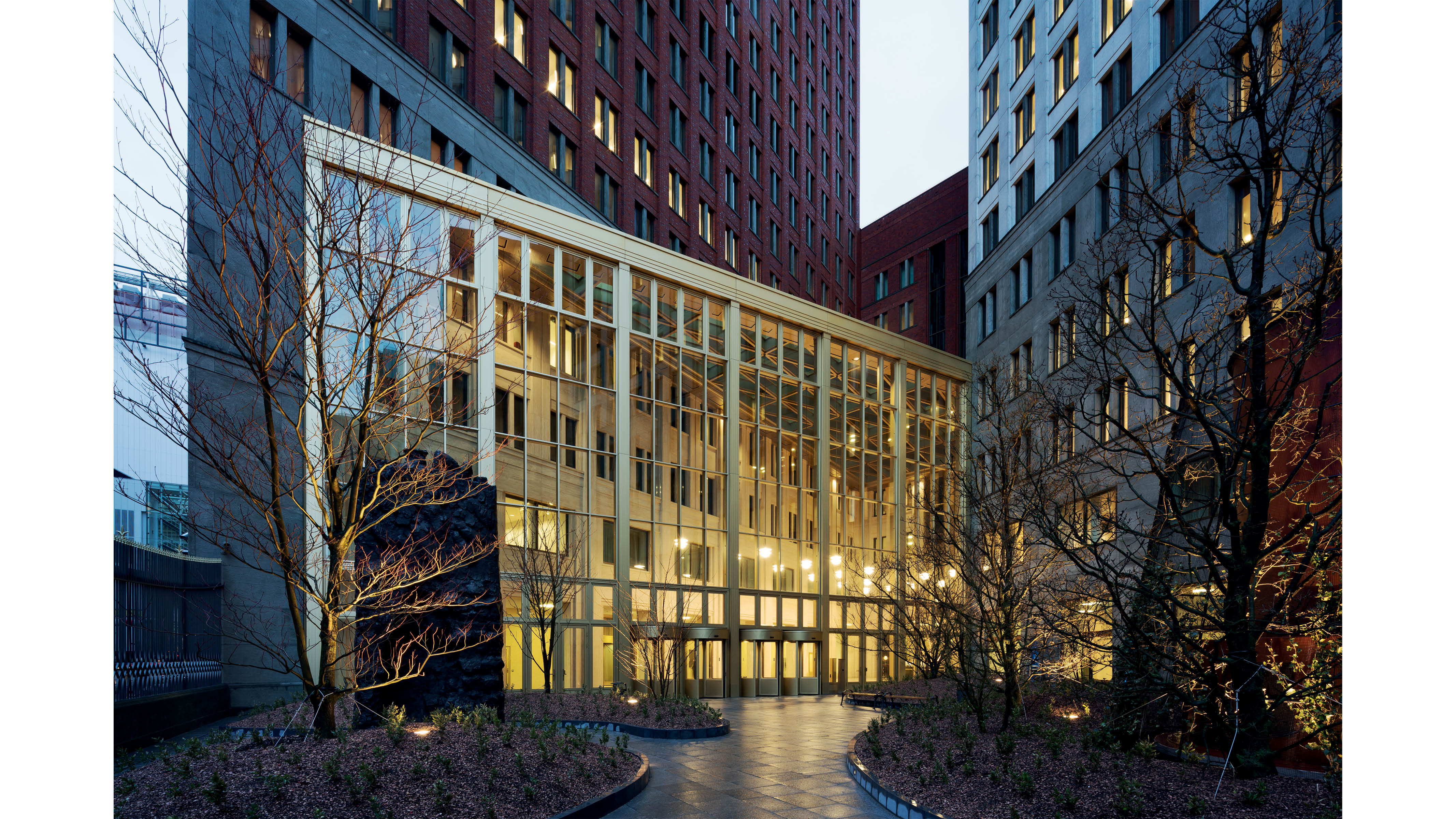
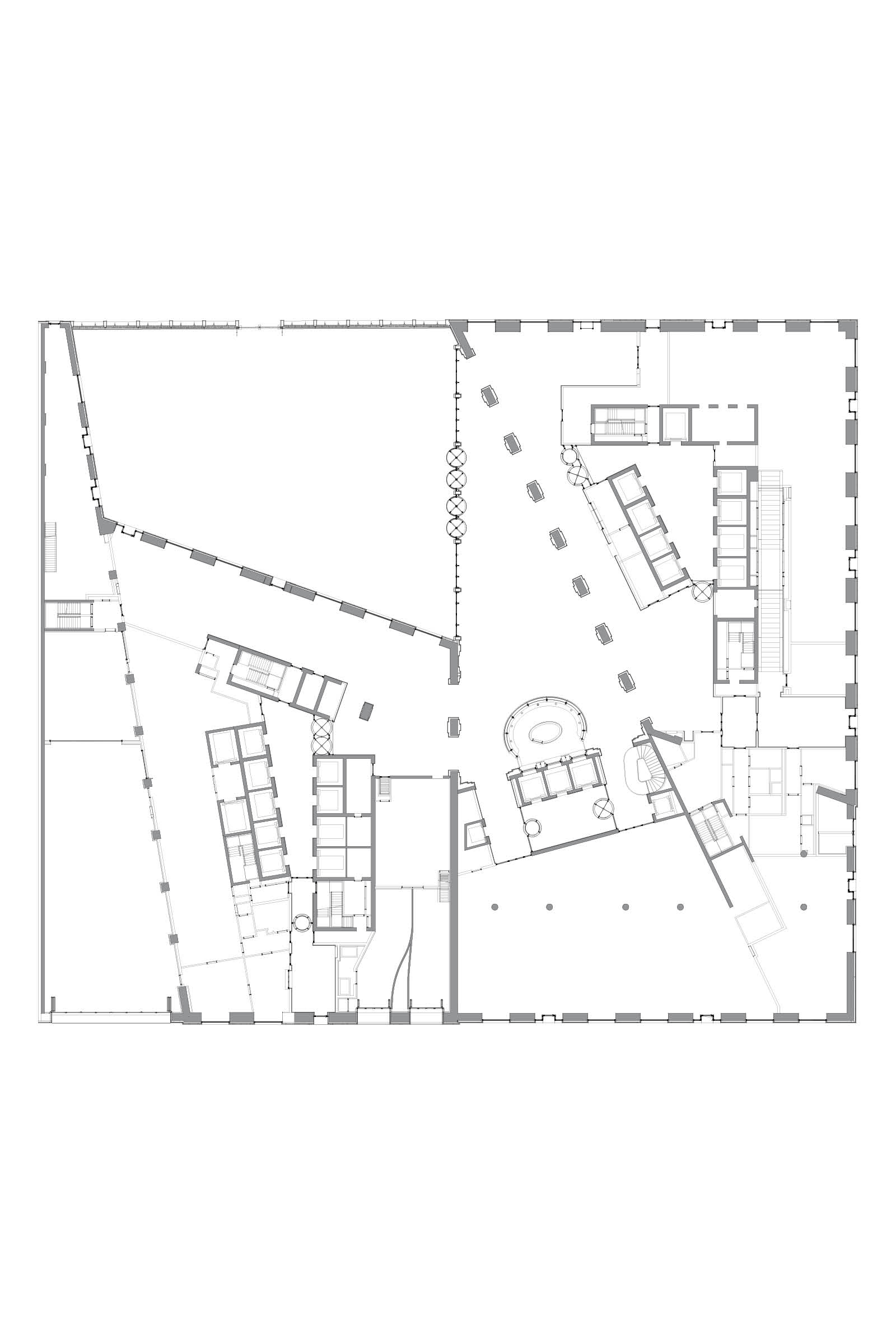
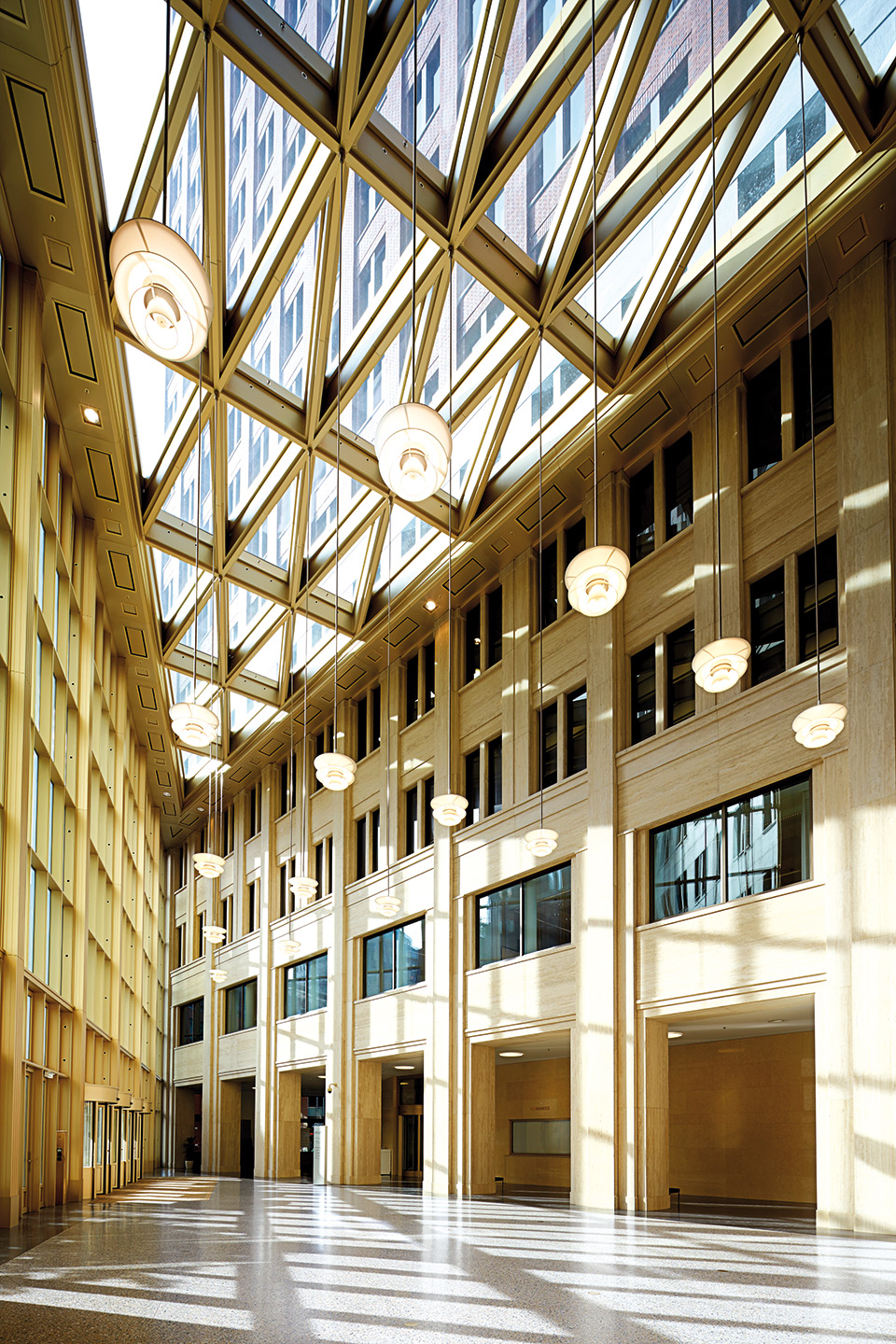
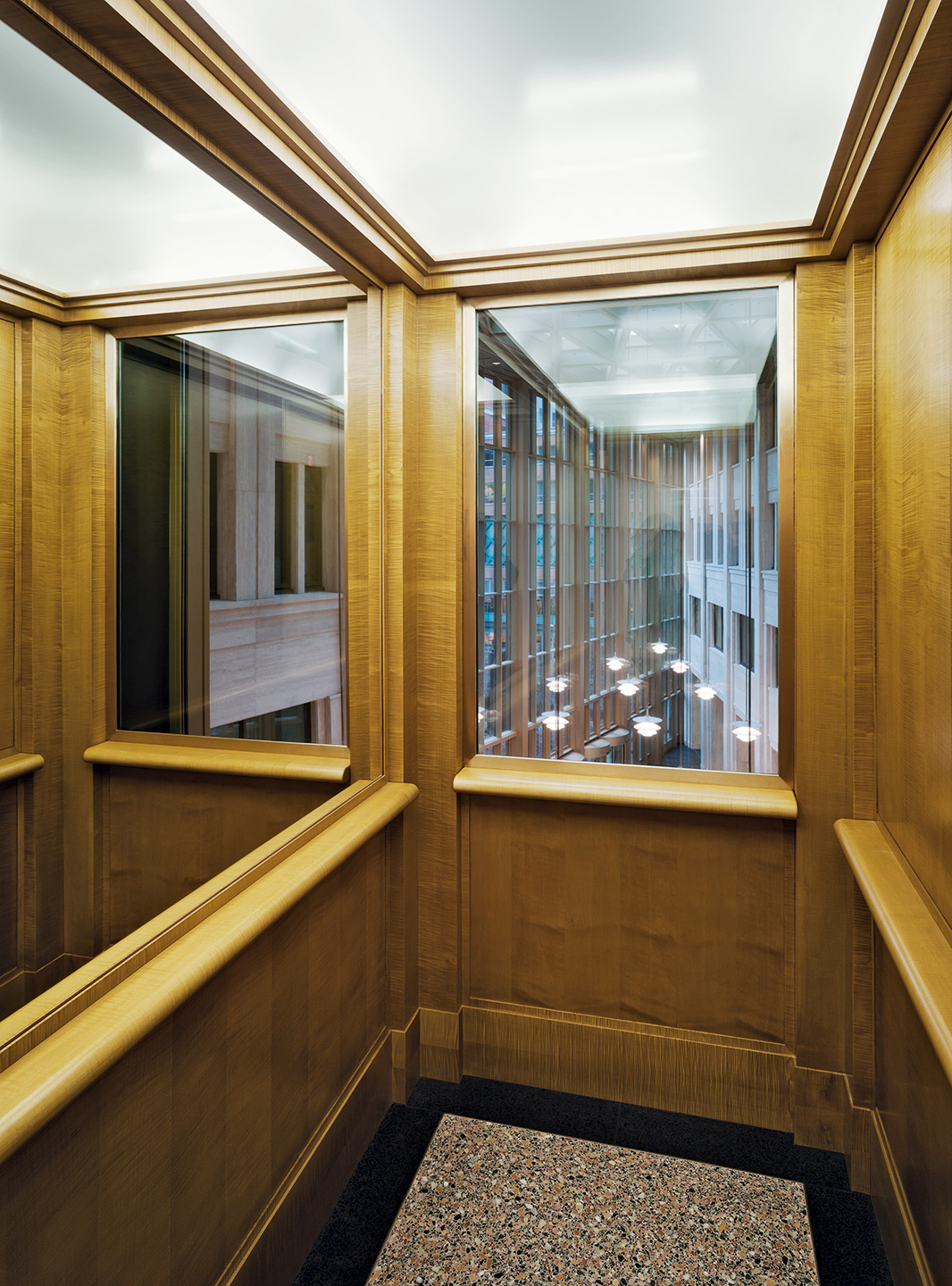
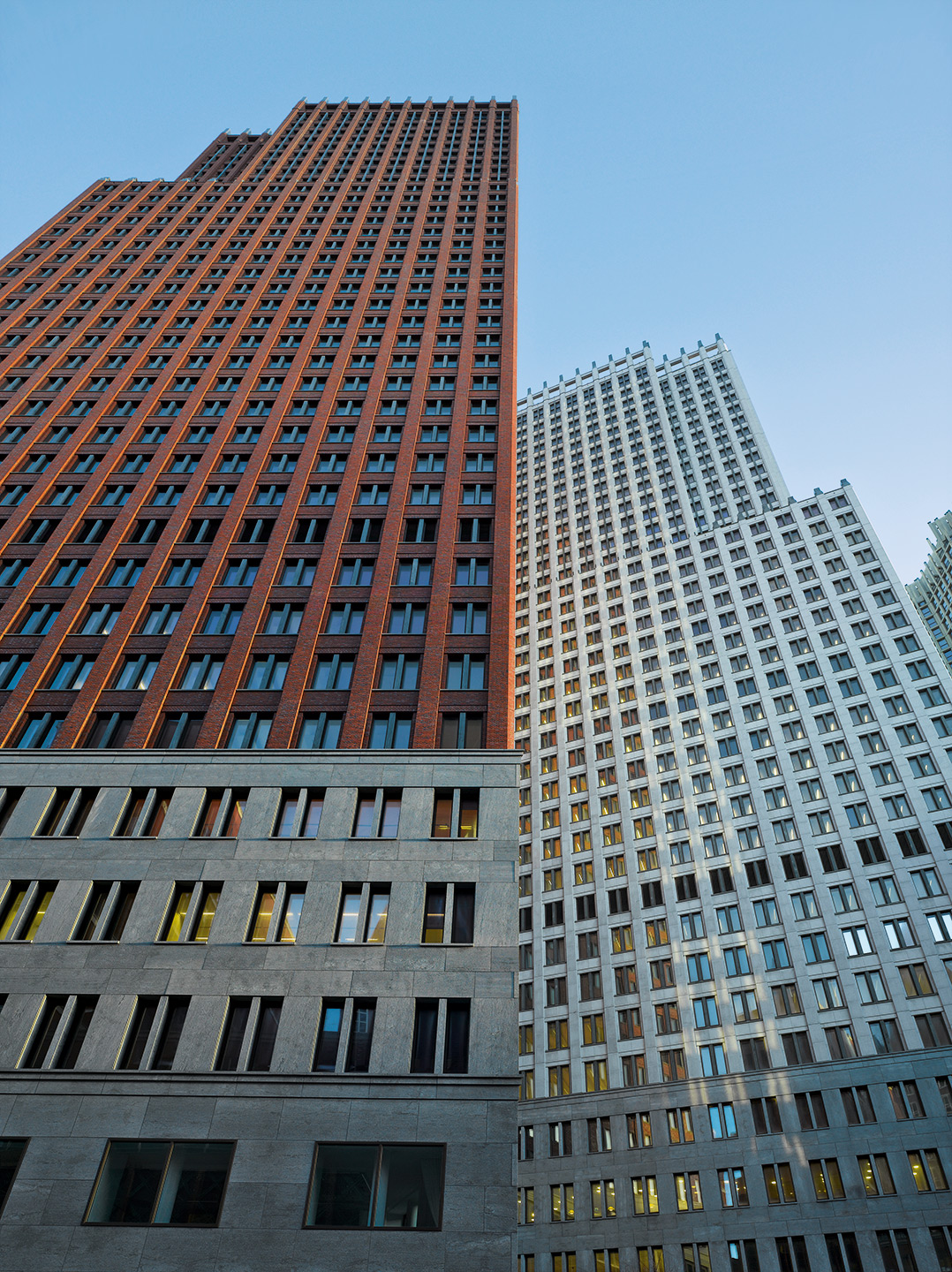

Ministries of Justice and Internal Affairs - The Hague
- Client:
- Rijksgebouwendienst / Projectbureau Jubi
- Project location:
- Turfmarkt, Den Haag
- Duration:
- 2002 - 2013
- Programm:
- 130.000 m2 Office and commercial spaces
The project originated from an international competition held in 2002. The pair of towers rise up from a block that opens towards the pedestrian street called Turfmarkt with a cour d’honneur cum garden. With their 36 floors standing 150 meters tall, the ministries’ towers stand out in the urban context with pilaster-facades of brick (for the Ministry of the Interior) and granite (for the Ministry of Justice). The grey-green granite cladding of the base, made up of four-centimeter thick sandblasted slabs, is fixed to the bearing wall via conventional stainless steel anchors with thermal insulation in between. At the corners of the ground floor, thicker slabs with an L-shaped section have been used supported by steel consoles.
This effectively emphasizes the expression of stability, which is also the intention of the bush hammered plinth. The rather flat facade of the first two floors overlooks the street with wide openings and connects to the ground with a curved profile, while terminating in a fine stringcourse. The display windows of the shop fronts are framed with brass-colored aluminum profiles. The facade of the second to the fourth floors culminates in a high main cornice, which accentuates the building’s granite base and the common functions of the ministries. Here, the same box windows that are positioned between the pillars in the towers above are used as separate openings. The double windows allow for natural hand-adjustable ventilation throughout the building. Made with prefab the towers’ facades are articulated with pilasters that, clad in the same polished green granite of the base, break past the top edge of the wall and terminate in a crown. The joints between the elements disappear behind the overlapping panels, becoming invisible when viewed head-on.
Cut into the block, the steeply angled atrium has a main glazed front that gives onto the garden with revolving doors and brass-coloured aluminium profiles. The garden is enclosed by a granite bench that protrudes from the building’s plinth. This bench supports a fence made of ornamentally treated square posts and curved rectangular steel profiles coated with a bright anthracite color. The tips are lacquered in gold.